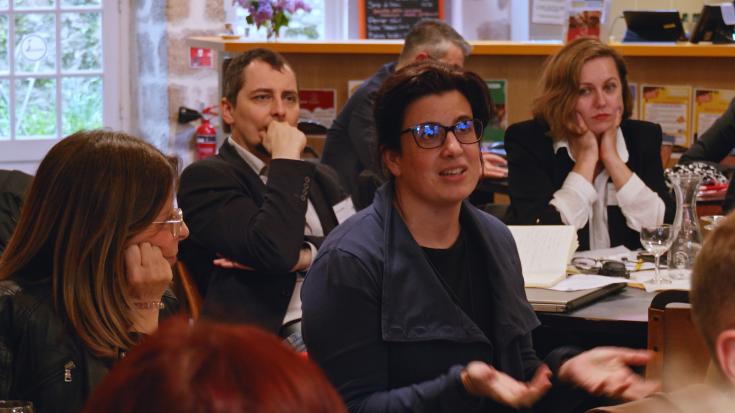Ingredients for Failed Citizen Consultation

During our recent project meeting in Nouvelle-Aquitaine, France, CASPER partners and stakeholders gathered to reflect on the complexities of citizen consultation. The workshop, titled "Ingredients for Failed Citizen Consultation," aimed to dissect what makes some citizen consultations falter while others succeed.
Our discussions led us to a better understanding of the common pitfalls in citizen engagement processes. This post delves into these "ingredients" that can lead to failed citizen consultations and suggests strategies to avoid them.
Poor Planning
A well-intended consultation can fail right from the planning stage. When consultations suffer from poor planning, several issues can arise:
- Bubble Effects and Power Hierarchies: Certain groups may dominate the conversation, leaving less space for inclusive dialogue.
- Inaccessibility: Holding consultations at inconvenient times or locations can prevent key demographics, such as mothers and the elderly, from participating.
- Frictions in Participation: When the process involves complicated tools or is held in languages not accessible to all potential participants, or when there is a significant distance to the venue, participation drops.
- Non-representative Sampling: Failing to include a diverse cross-section of the community can skew the results and reduce the effectiveness of the consultation.
Poor Facilitation
Facilitation plays a crucial role in the success of any consultation. Common issues include:
- Lack of Leverage on Knowledge and Expertise: When facilitators do not effectively draw on the knowledge and expertise of the participants.
- Verbal and Quiet Dynamics: Dominant participants can overshadow quieter ones, leading to an imbalance in voice and contribution.
Lack of Promotion and Incentives
If potential participants are unaware of a consultation or do not see a clear benefit in participating, they are less likely to engage. Effective promotion and clear incentives are essential for robust participation.
Declining Motivation and Lack of Transparency
Post-consultation follow-up is as critical as the initial engagement:
- What Happens After the Consultation?: Participants often feel neglected if they do not see tangible outcomes or understand why certain decisions were made.
- Continuous Dialogue: The lack of ongoing communication after the consultation can lead to disinterest and skepticism about the value of their input.
Political Influence
When consultations are perceived as being too closely tied to specific political ideologies or agendas, it can deter engagement and foster distrust among the citizenry.
Moving Forward: Solutions for Success
To combat these pitfalls, the workshop highlighted several proactive strategies:
- Effective Facilitation: Allocate adequate preparation time, set a clear agenda, and ensure objectives are well understood. Facilitators should actively work to include all voices.
- Inclusive Tools and Communication: Use attractive, solution-oriented approaches that are accessible to everyone. Customize invitations and use clear, simple language.
- Transparency and Feedback: Clearly link the outcomes of the consultation to actual policy decisions. Regular feedback sessions can help maintain engagement and trust.
- Consideration of Technical and Field Expertise: Before political decisions, think with technicians and field experts to ground the consultation outcomes in practical realities.
These insights are not just a reflection on what can go wrong; they are a proactive blueprint for how we can foster more effective, inclusive, and successful citizen consultations moving forward. We invite all stakeholders to consider these lessons as we continue to refine our approach to citizen engagement.
